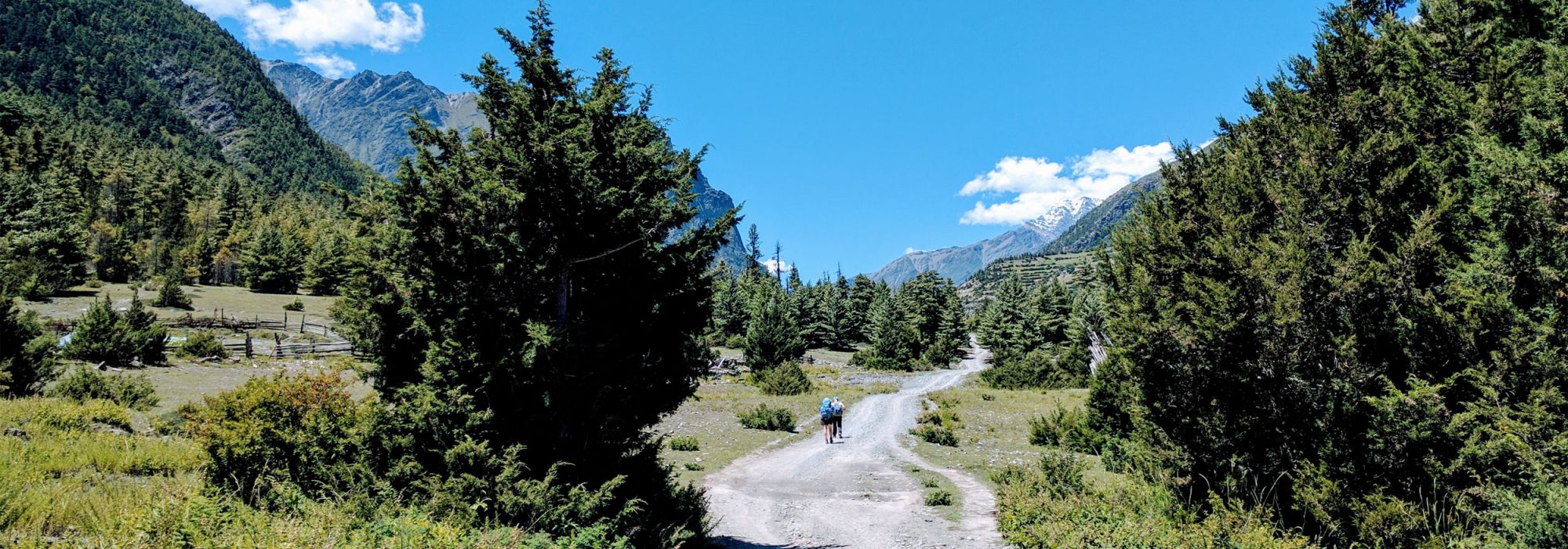
Annapurna Sanctuary Trek is adventurous hiking in the Nepal Himalayas that encompasses a wonderful concoction of sights, sounds and unanticipated moments. A popular trek in Nepal and probably one of the top trekking destinations for the globe-trotters worldwide, this trek is an incredible experience of an elite walk on the foothills of the Annapurna massif. This brilliant hike is considered as one of the best trekking packages in Nepal and also one of the most beautiful treks passing through miscellaneous racial groups of people and their culture and lifestyles.
Annapurna Sanctuary Trek is venerated for its inimitable beauty and spiritual significance and the fabulous journey on foot to this extraordinary destination in the Annapurna area proffers ample prospects to experience tantalizing sunrise views over the Dhaulagiri and Annapurna ranges from the charming viewpoint of Poon Hill. Besides, the top trekking route in Nepal and the Annapurna Sanctuary Trek itinerary lead hikers through Modi River valley crossing splendid oak, bamboo and rhododendron forests through beautiful villages of Gurung communities. Treading through the ever-changing landscapes up to the Annapurna Sanctuary, the home of several significant deities of Hinduism, Buddhism and ancient shamanistic traditions, impressive views of the paddy fields, glacial moraines and high mountains can be sighted. The best season to do trekking in Nepal is during the autumn and spring seasons when the weather is moderate, the skies remain clear and blue and astounding views of the Himalayan peaks like Annapurna South, Dhaulagiri, Machhapuchhre, Hiunchuli, Nilgiri, Manaslu Gangapurna, Gandharvachuli and Annapurna I & III can be savored to the fullest.
Plan your adventurous journey in the Nepal Himalayas with Royal Holidays and hike through narrow stone-paved trails in the valleys and the remote picturesque villages. We will let you visit the ancient monasteries past terraced farming, garrulous rivers, and charming rhododendron forests. Experience the lifestyle and culture of the most popular Gurung and Magar communities on the Annapurna trails. All you need is good health and a strong determination to walk amidst marvelous Himalayan landscapes.
Join Our Small Group Departures
View Available Dates


